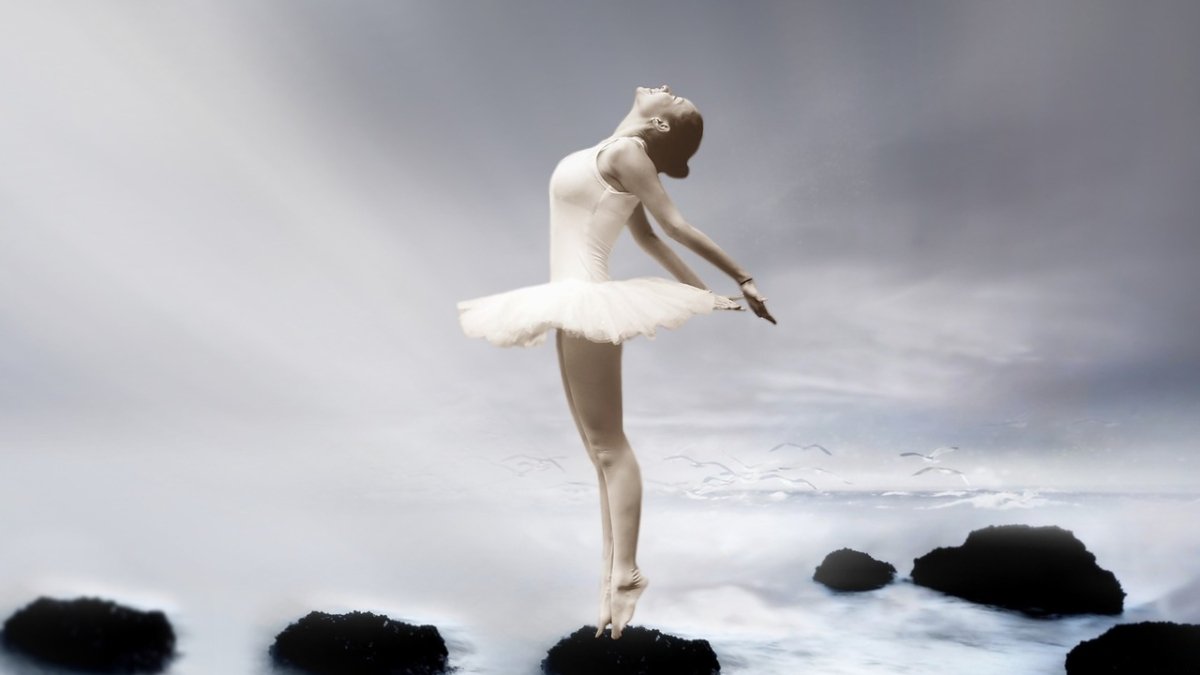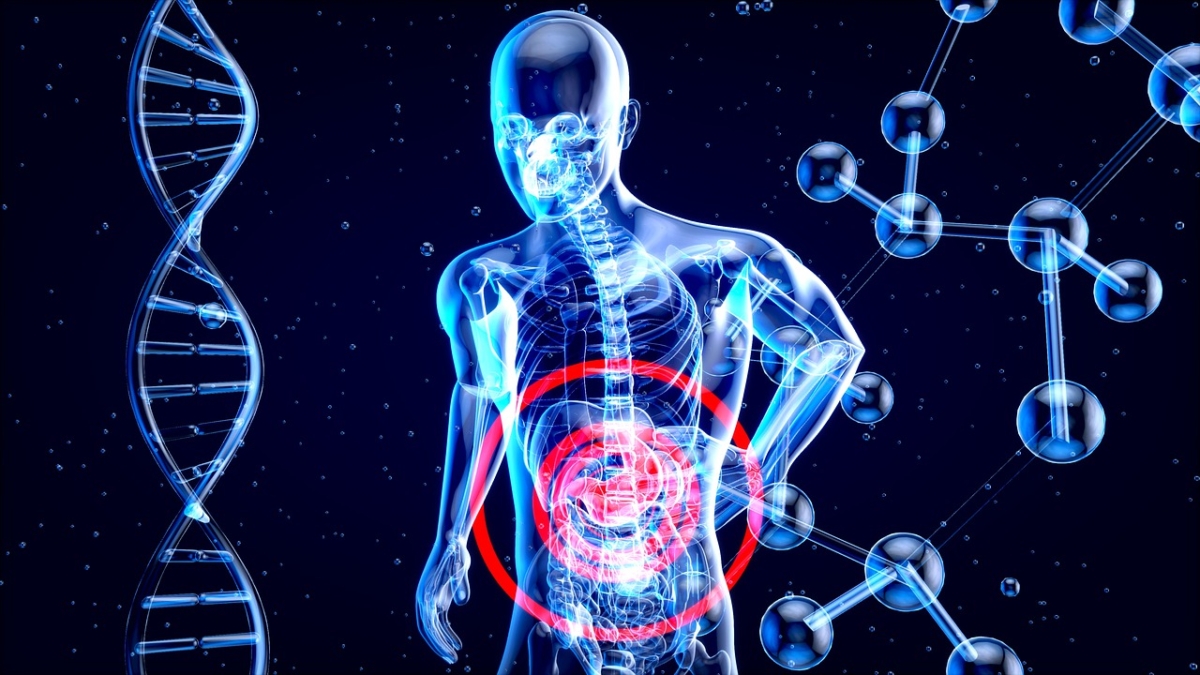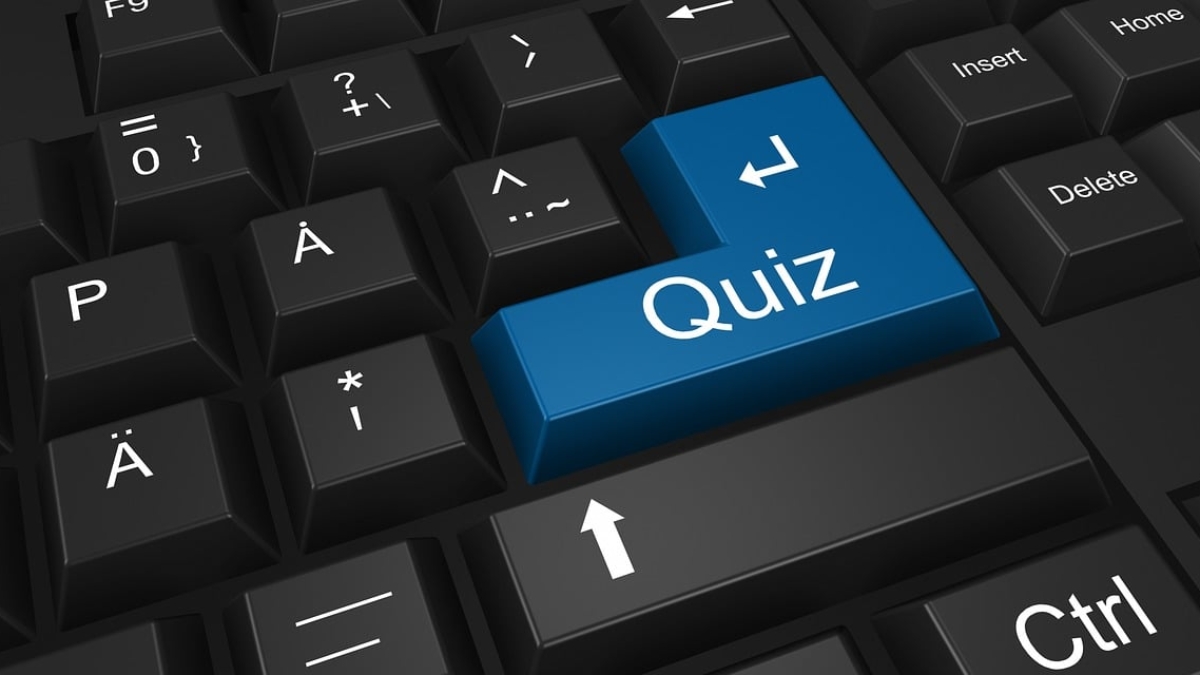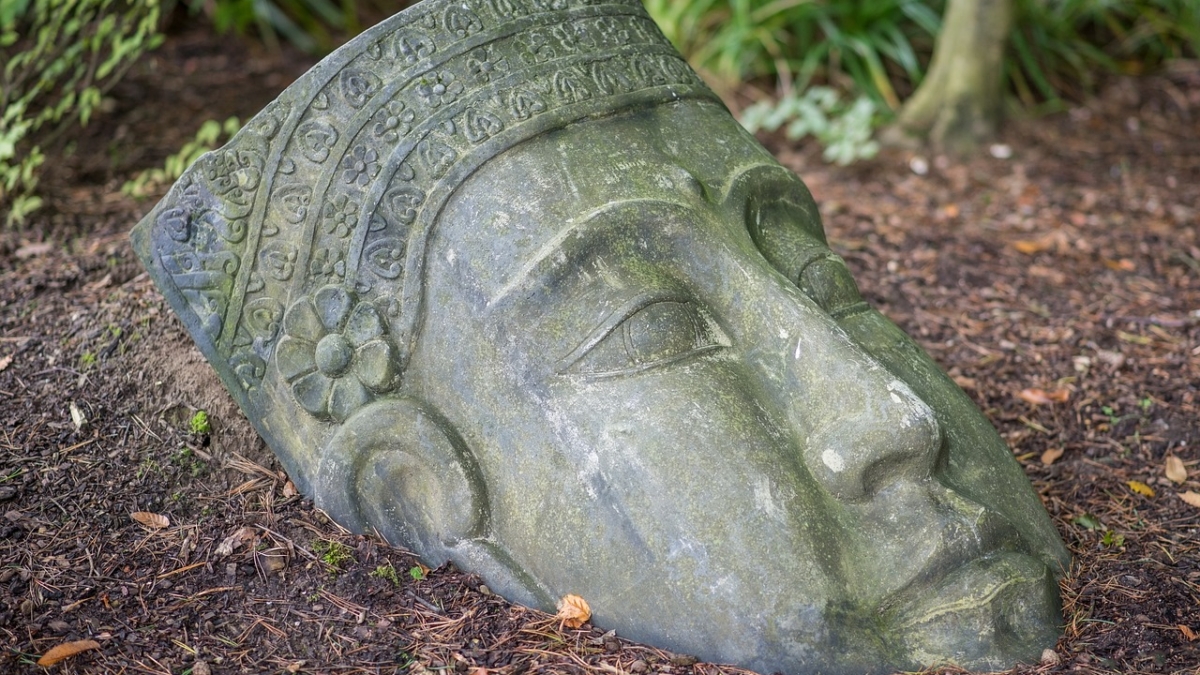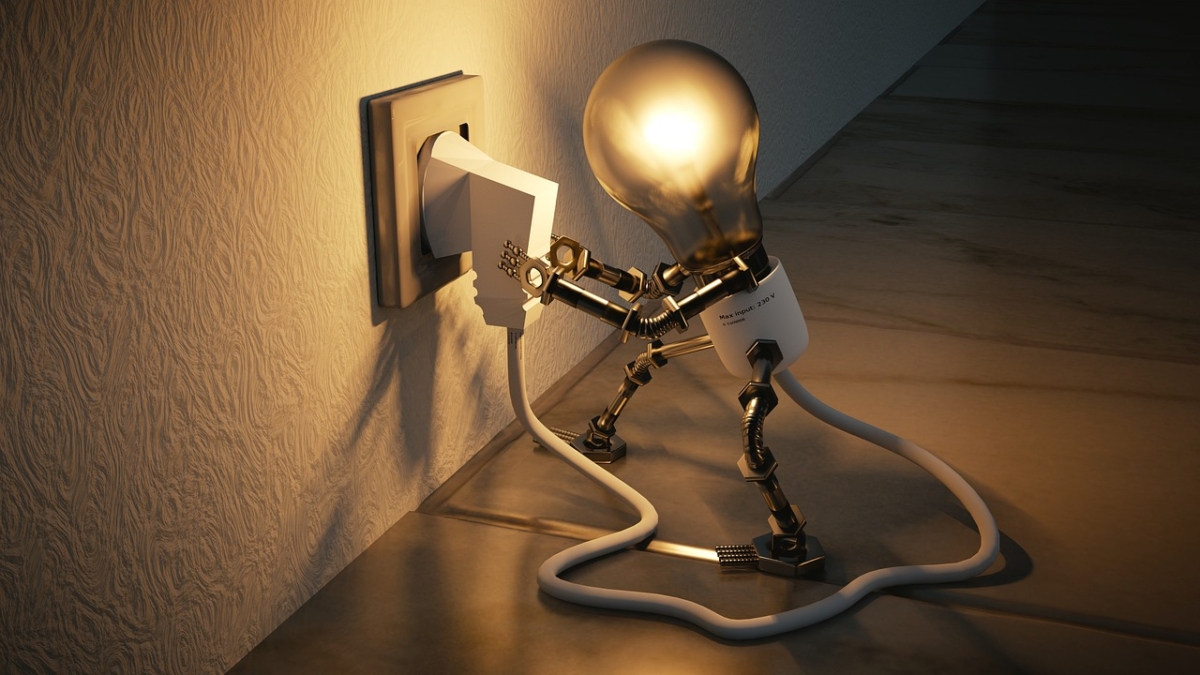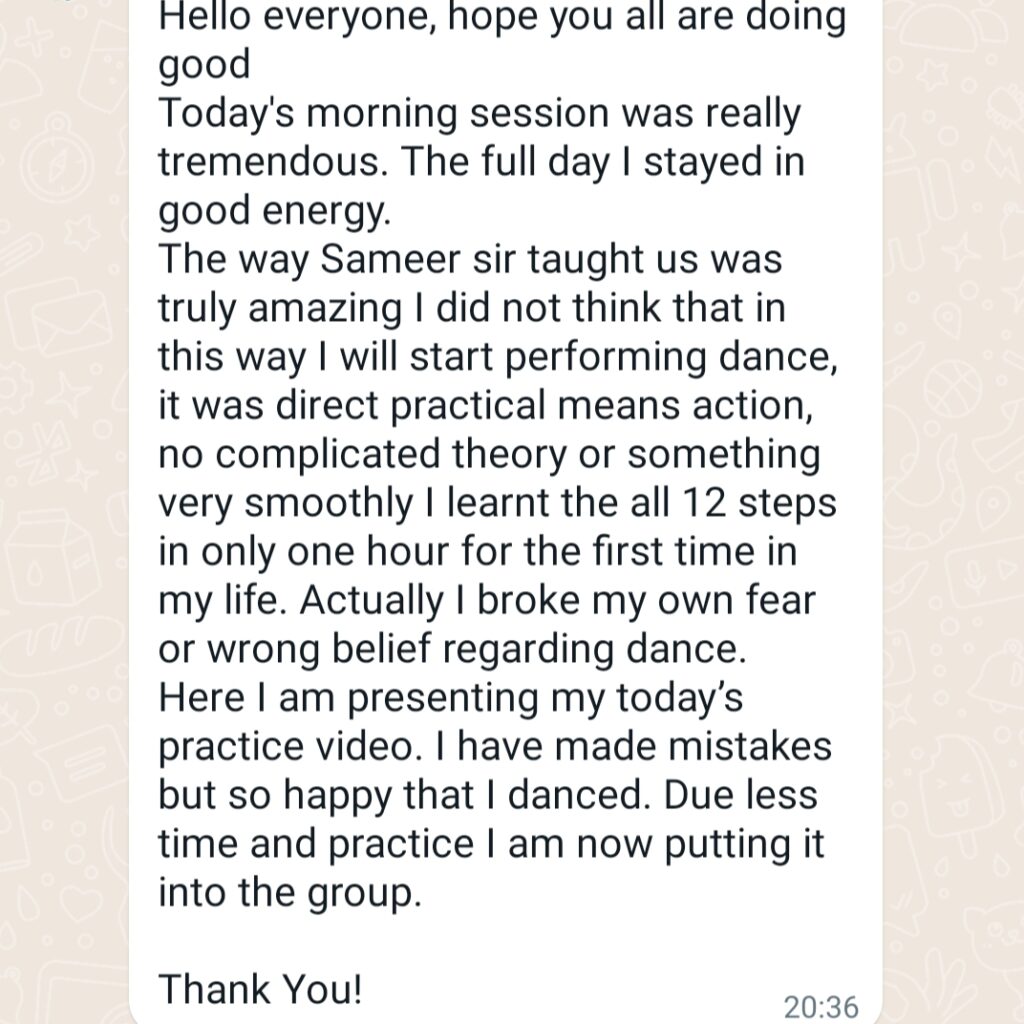Dance is not just a celebration of movement; it’s also about capturing a story within a still moment. Whether you’re a dance enthusiast or a photography aficionado, understanding and utilizing dance-inspired poses can elevate the beauty and narrative of a photograph. In this blog post, we’ll explore 10 poses for men and 10 poses for women, drawing inspiration from the world of dance.
For Men:
- The Classic Leap: A mid-air pose capturing the essence of a ballet leap, with arms extended and one leg stretched forward.
- Contemporary Floor Reach: Sitting on the ground with one leg extended and the other folded, reaching out with the opposite arm to touch the extended foot.
- Latin Stand: Stand upright with one hand on the waist and the other thrown back, reminiscent of Latin ballroom styles.
- The Flamenco Stomp: A fiery pose with one foot stamping the ground and arms curved above the head, capturing the essence of Flamenco.
- Jazz Hands: Standing profile with a leg extended backward and both hands fanned out at chest level.
- The Breakdancer: A floor pose with one hand on the ground and legs in a dynamic, mid-spin position.
- Tap Dance Tip-Toe: Balancing on the balls of the feet with hands on hips and a confident, cheeky smile.
- Tango Dip: Holding an imaginary partner and leaning backward, as if in the middle of a passionate Tango dip.
- Hip-Hop Swagger: A relaxed, slouched stance with hands forming the ‘peace’ sign, channeling urban vibes.
- Ballet Barre Stretch: Mimicking a stretch at the ballet barre, with one leg lifted onto an imaginary support and hands gracefully poised.
For Women:
- Arabesque: A balletic pose with one leg extended straight behind and arms forming a soft line in front.
- Sultry Salsa Step: One foot placed in front of the other, with hips slightly tilted and hands on the waist.
- Modern Dance Spiral: A twist of the upper body with arms wrapping around, capturing the fluidity of contemporary dance.
- The Odissi Stance: A classical Indian dance pose with one leg bent at the knee, hands in a mudra, and a regal tilt of the head.
- The Belly Dance Arch: A gentle backbend with hands flowing above the head and a playful gaze.
- Waltz Whirl: A twirling pose with skirt/dress fanned out, hands extended outward, and eyes closed in delight.
- Jazz Split: A seated split with one hand touching the toes and the other arm curved above the head.
- The Ballroom Hold: Arms positioned as if holding an imaginary dance partner, ready to glide across the dance floor.
- Tap Dance Pose: One foot tapping forward and hands playfully positioned on the waist.
- Bollywood Grace: A pose inspired by Indian film dances with a slight hip jut, a hand on the waist, and the other hand making a gentle curve above the head.
Whether you’re setting up for a photo shoot or simply looking to add some flair to your Instagram feed, these dance-inspired poses for men and women offer a dynamic range of options. The world of dance is vast, and each pose holds a story waiting to be captured.

